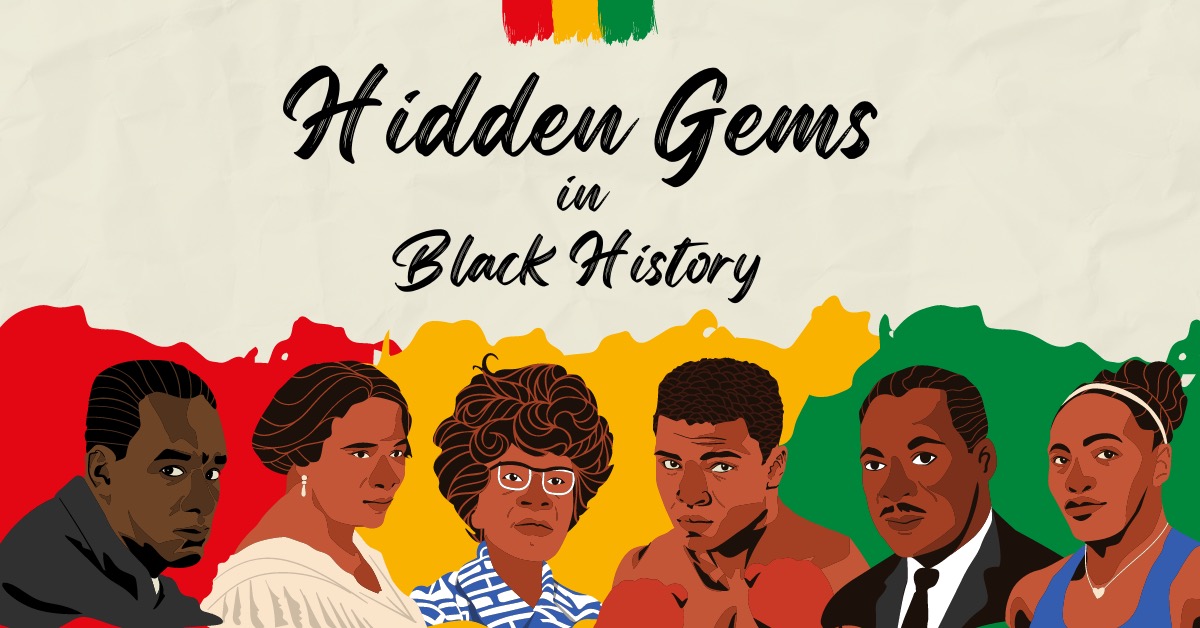Who Was Charles Drew?
Black physician Charles Richard Drew invented “blood banks.” He led blood plasma projects in the US and UK during WWII but left due to a court requiring segregation of African American blood. On April 1, 1950, he died.
Education
After earning his bachelor’s degree at Amherst in 1926, Drew couldn’t afford medical school. Morgan College, now Morgan State University, near Baltimore, employed him as a biology lecturer and coach for two years. 1928, he applied to medical schools and enrolled at McGill University in Montreal.
Drew was an outstanding student at McGill: neuroanatomy award winner and Alpha Omega Alpha medical honor society member. Dr. Drew graduated second in 1933 with a Doctor of Medicine and Master of Surgery. The Royal Victoria and Montreal General Hospitals hosted his internship and residency. Drew explored blood transfusion concerns with Dr. John Beattie.
After his father’s death, Drew returned to America. In 1935, he taught at Howard’s medical school. He worked at the university and then conducted a surgical residency at Freedmen’s Hospital in Washington, DC, the following year.
Father of Blood Banks
Drew studied at Columbia University and trained at Presbyterian Hospital in New York City on a 1938 Rockefeller Fellowship. He continued his blood research with John Scudder. Drew processed and preserved blood plasma or cellless blood. Plasma is more stable than whole blood and may be “banked” longer. He found that plasma could be dried and regenerated. His doctoral thesis, “Banked Blood,” was based on his study. He graduated in 1940 and was the first black Columbia graduate.
Drew led the “Blood for Britain.” medical effort during World War II. He collected and processed blood plasma from various New York hospitals and sent it abroad to treat war casualties. Drew helped collect 14,500 plasma pints, one story said.
In 1941, Drew led another American Red Cross blood drive. He developed a US military blood bank. Drew felt dissatisfied with the military’s proposal to segregate African American blood donations soon after joining. The military initially opposed using African American blood but subsequently allowed it for African American troops. After a few months, Drew quit in protest of this bigoted stance.
Death & Legacy
Drew returned to Howard University in 1941 after founding two blood banks. He directed the university’s surgical department as a professor and became Freedmen’s Hospital’s principal surgeon. Later that year, he became the first black American Board of Surgery examiner.
The National Association for the Advancement of Colored People awarded Drew the 1943 Spingarn Medal for “the finest and noblest accomplishment” by an African-American in the previous year or years in 1944. Drew was honored for his blood plasma collection and distribution.
He was at his career height before his death. He was the solitary fatality of four passengers in his automobile on April 1, 1950, like a terrible April fool’s trick. Two white physicians at the segregated hospital where he was transported recognized him and fought to rescue him. Due to his injuries, he died from massive blood loss. Eight months after Drew’s death, Maltheus Avery, a 24-year-old veteran, died in a vehicle accident in rural North Carolina. Years later, the myth was attributed to Drew. Avery died on the way to a Negro hospital after Duke University Hospital turned him away due to its packed “black beds” (15 of 120).
The Truth
However, over time, evidence has appeared to refute the story. Alamance County General Hospital, which separated white and black patients, treated Drew in 1950. According to eyewitnesses from the automobile collision and medical workers, plasma was given to Drew in addition to other emergency care.
Drew’s death certificate indicated “brain damage, internal hemorrhage—lungs and several extremities injuries,” indicating he died from more than blood loss. In 1984, the Journal of the National Association of Medicine (Apr. 76(4): 415–416) disproved the myth by presenting Dr. Walter R. Johnson’s firsthand account of Drew’s injury and treatment.
This is a part of our new series – “Hidden Gems in Black History,” where we highlight uncommon facts throughout Black history. Join us every day during Black History Month for interesting facts about Black people and places you likely haven’t heard before!










